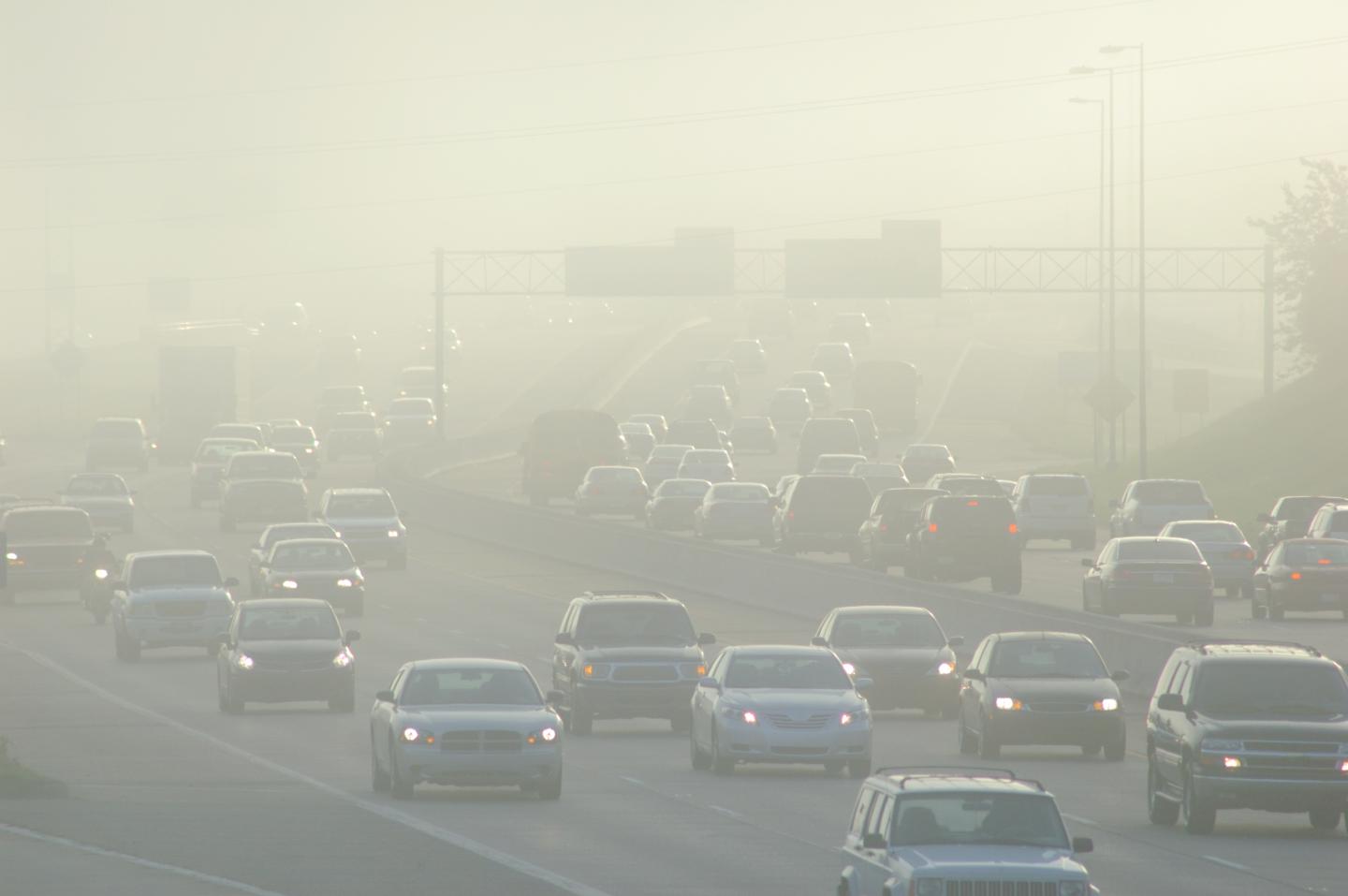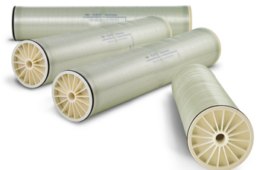
Even the briefest increase in airborne fine particulate matter PM2.5, pollution-causing particles that are about 3% of the diameter of human hair, is associated with the development of acute lower respiratory infection (ALRI) in young children, according to newly published research. Credit: Intermountain Medical Center
Pollution considering of airborne fine particulates as small as 3 percent the diameter of a human hair can cause respiratory problems in young children, according to a new study.
Researchers found that even a brief increase in PM2.5—atmospheric particulate matter (PM) that have a diameter of less than 2.5 micrometers— could result in the development of acute lower respiratory infections (ALRI) like bronchiolitis in young children, ultimately leading to increased numbers of doctors’ visits.
In the study, a team from Intermountain Healthcare, Brigham Young University, and the University of Utah looked at more than 146,397 ALRI patients treated between 1999 and 2016 at the Intermountain Healthcare facilities throughout Utah’s Wasatch Front region.
“The most important finding of this study is that infectious processes of respiratory disease may be influenced by particulate matter pollution at various levels,” lead author Benjamin Horne, PhD, director of cardiovascular and genetic epidemiology at the Intermountain Medical Center Heart Institute in Salt Lake City, said in a statement. “The exact biological implications of the study’s findings require further investigation.”
The researchers estimated PM2.5 levels based on air quality monitoring station data and made measurements at secondary locations. Short-term periods of PM2.5 elevation was matched with the timing of increases in healthcare visits for ALRI.
The goal of the study was to determine if there was an association between PM2.5 and ALRI in very young children. The researchers also wanted to find if the same association existed for older children, adolescents and adults.
The team found elevated levels of PM2.5 in both children and adults with ALRI, even in newborns and toddlers up to two-years old.
According to the study, nearly 60 percent of U.S. children live in counties with PM2.5 concentrations above air quality standards, but the study occurred in an area with a lower average daily PM2.5 level than big cities like Los Angeles and New York City.
However, air pollution may become trapped in the high mountain valleys of the Wasatch Front–especially during temperature inversions, which typically occur in the winter months.
“In many places that have higher average PM2.5, the PM2.5 level does not vary as much as it does on the Wasatch Front, so it is not clear how this study’s findings may transfer to those locales where the air pollution exposure is higher over the long term, but short term spikes do not occur,” Horne said. “It may be, though, that long-term exposure to air pollution makes people more susceptible to ALRI on a routine basis, although additional studies will be required to test this hypothesis.”
In an analysis of death rates among the study population, 17 children younger than two-years old, nine children ages three-to-17 and 81 adults died within 30 days of diagnosis with ALRI.
“The air pollution itself may make the human body more susceptible to infection or may impair the body’s ability to fight off the infectious agents,” Horne said. “It may be that PM2.5 causes damage to the airway so that a virus can successfully cause an infection or that PM2.5 impairs the immune response so that the body mounts a less effective response in fighting off the infection.
“This could lead to longer periods of ALRI symptoms or more severe symptoms requiring a higher intensity of medical care for the infected individual,” he added. “It may also be that periods of acute increases in PM2.5 lead people to stay indoors more where they are in closer contact with others who carry infectious agents and can transmit the infection to them.”
The study was published in the American Journal of Respiratory and Critical Care Medicine.




